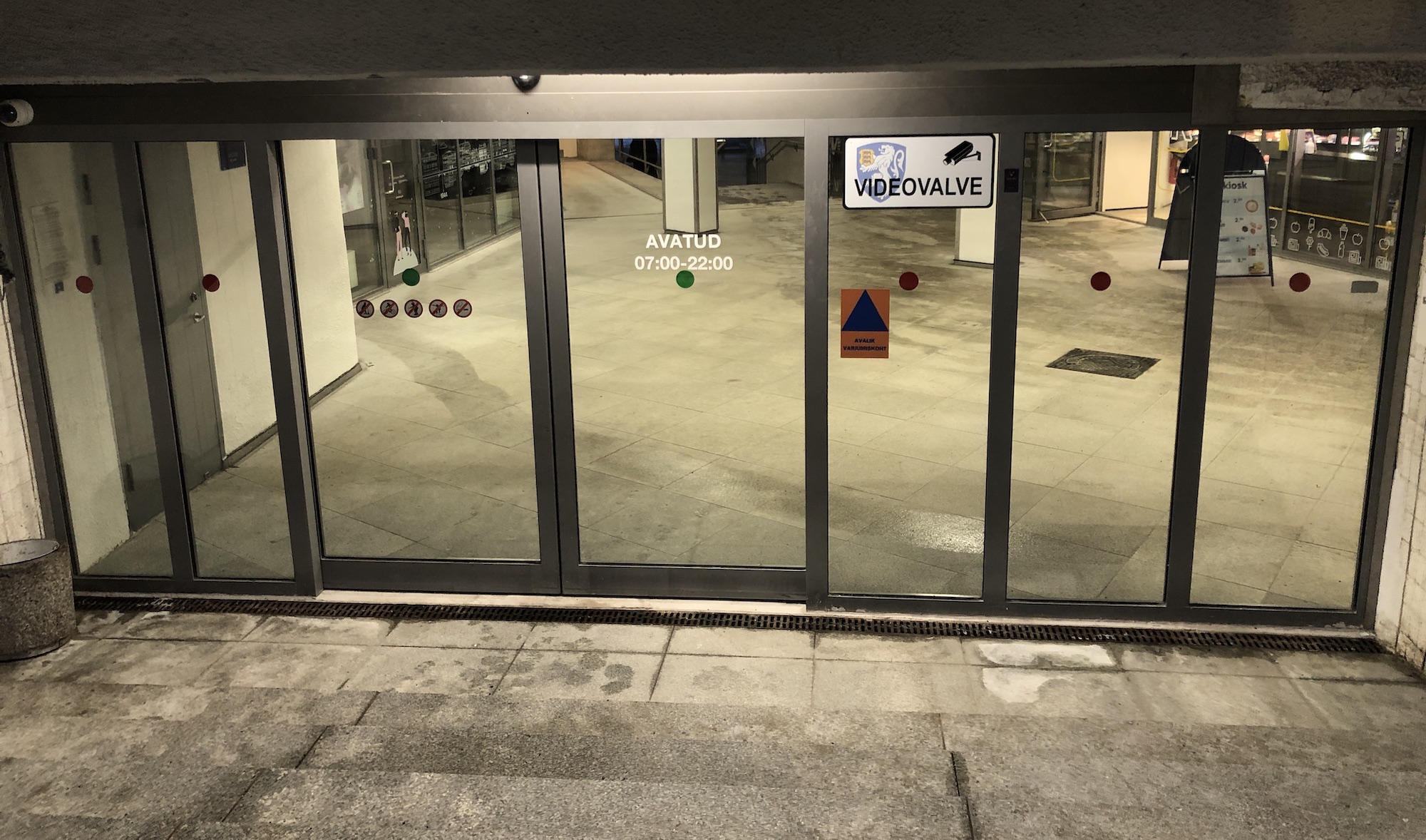
Why even talk about shelters in Estonia?
It is extremely regrettable that the chairwoman of the European Union Affairs Committee at the Estonian Parliament (Riigikogu), Liisa Pakosta (member of the party Estonia 200), has not familiarised herself with the basic terminology and writes in her column about accessibility to shelters,1 which do not exist in Estonia.
It is quite understandable that accessibility is important, but in a situation where there are actually no shelters for anyone, it is strange to talk about it in this framework.
There are currently no shelters in Estonia, and as things stand today there will be none. For the sake of clarity, it is worth repeating the basic terms – a shelter is an underground facility that meets specific engineering requirements. More precisely, a special-purpose, hermetically sealed shelter that protects the general public,2 as well as members of the defence forces, from the damaging effects of most weapons.
In most cases, the shelters are equipped with air ventilation, water, electricity and sewage systems, together with a food supply.3 The shelter must be able to withstand a certain pressure (bar) and, if necessary, radioactive radiation or other harmful agents. In the case of a shelter, one could say that there are certain requirements to protect people in the event of total chaos on the ground.
The basements of any apartment buildings are not shelters, nor can they be converted into shelters. The best they can do is provide temporary public hiding places, which is quite another story. Temporary public hiding places do not offer the same or comparable protection as shelters, they do not have the same class of engineering requirements. Thus, the basement of a blockhouse or the Baltic railway station tunnel, or the underground part of the Freedom Square in Tallinn, are merely public hiding places for people who find themselves on the street in case of an attack.
They are not designed to provide long-term protection against aerial bombardment, but against projectiles and other flying debris (e.g. shrapnel and bullets) that camo along with warfare. As soon as the air raid is over, one should leave. They are not designed for overnight stays as there are no basic hygiene facilities (e.g. water or toilets). Public hiding places are not able to withstand a hit, and the recent study by Tallinn Technical University only examined how they could be reinforced if a missile falls within 25 or 50 metres from the target.4
Thus, public hiding place is essentially something that can be summed up as – it’s better than nothing. Walls and roofs of any kind are better than being under a cloudless sky, but to use the term shelter for them is incorrect. There are no shelters in Estonia, and building them requires investment, money and political will – none of which currently exists in Estonia. On the other hand, public hiding places can be easily and, more importantly, cheaply marked with stickers, giving the public the (false) impression that everything is just fine.
It is important to mention here that neither a shelter nor a public hiding place exists in the Estonian legislation. The only thing that resembles it is still in the draft form inside the proposed Civil Crisis and National Defence Act, more precisely §80,5 which plans to refur only to the public hiding place stating that it could be a building, room or area of land intended for temporary relocation.
The term ‘shelter’ is also avoided like the plague in the new draft law, and with good reason – lawyers understand very well that shelter and hiding place are not the same thing. However, if politicians and public servants have taken the line that public hiding places are the only way to proceed, they should also avoid creating confusion – let’s not talk about shelters if there are no plans to build them.
× An explanatory response by the Crisis Research Centre to L. Pakosta’s opinion piece was previously published on 18.12.2023 on the portal of the Estonian daily newspaper Päevaleht. Photo: a public hiding place in Tallinn (Crisis Research Centre, 2023).
References:
1 Pakosta, L. 2023. KOLUMN | Ka varjendid tuleb teha sellised, et on ratastoolis ligipääsetavad. Eesti Päevaleht, 17.12.2023 (accessed 20.12.2023).
2 Nagel, H. 2023. Varjend on surnud, elagu varjumisvõimalus! Postimees, 29.04.2023 (accessed 20.12.2023)
3 Suutson, S. 2023. Pole nõudeid – pole varjendeid. Ehitaja, 4(275), lk 26-29.
4 Tomberg, T., Kanter, S., Talvik, I. & Parts, A. 2023. Elanikkonna varjumisvõimaluste uuring võimaliku kriisisituatsiooni korral. Tallinna Tehnikaülikool (accessed 20.10.2023).
5 Voltri, J. 2023. Tsiviilkriisi ja riigikaitse seadusest saab uue riigikogu mahukaim ülesanne. ERR, 01.03.2023 (accessed 20.12.2023).
Jaga postitust:
